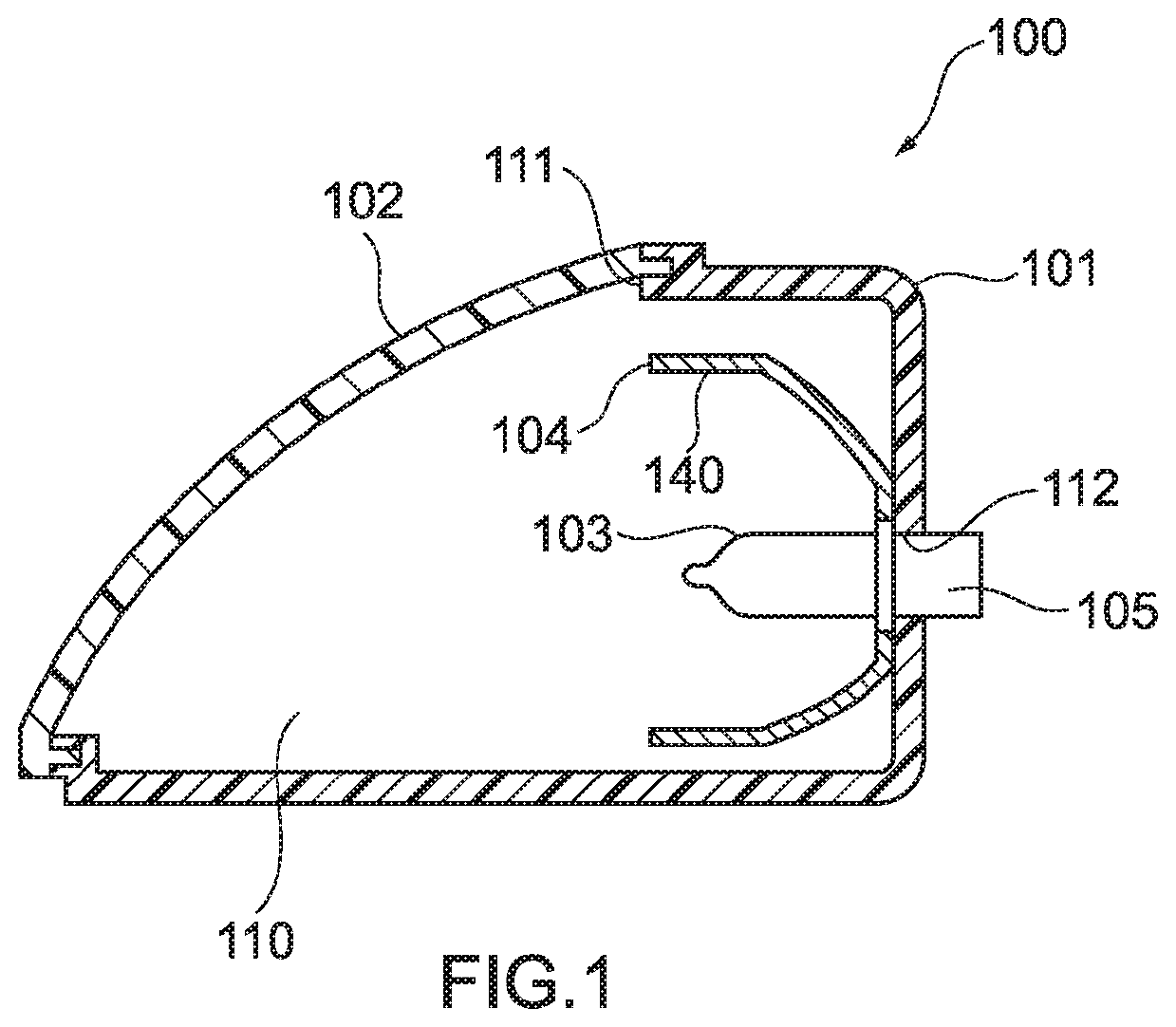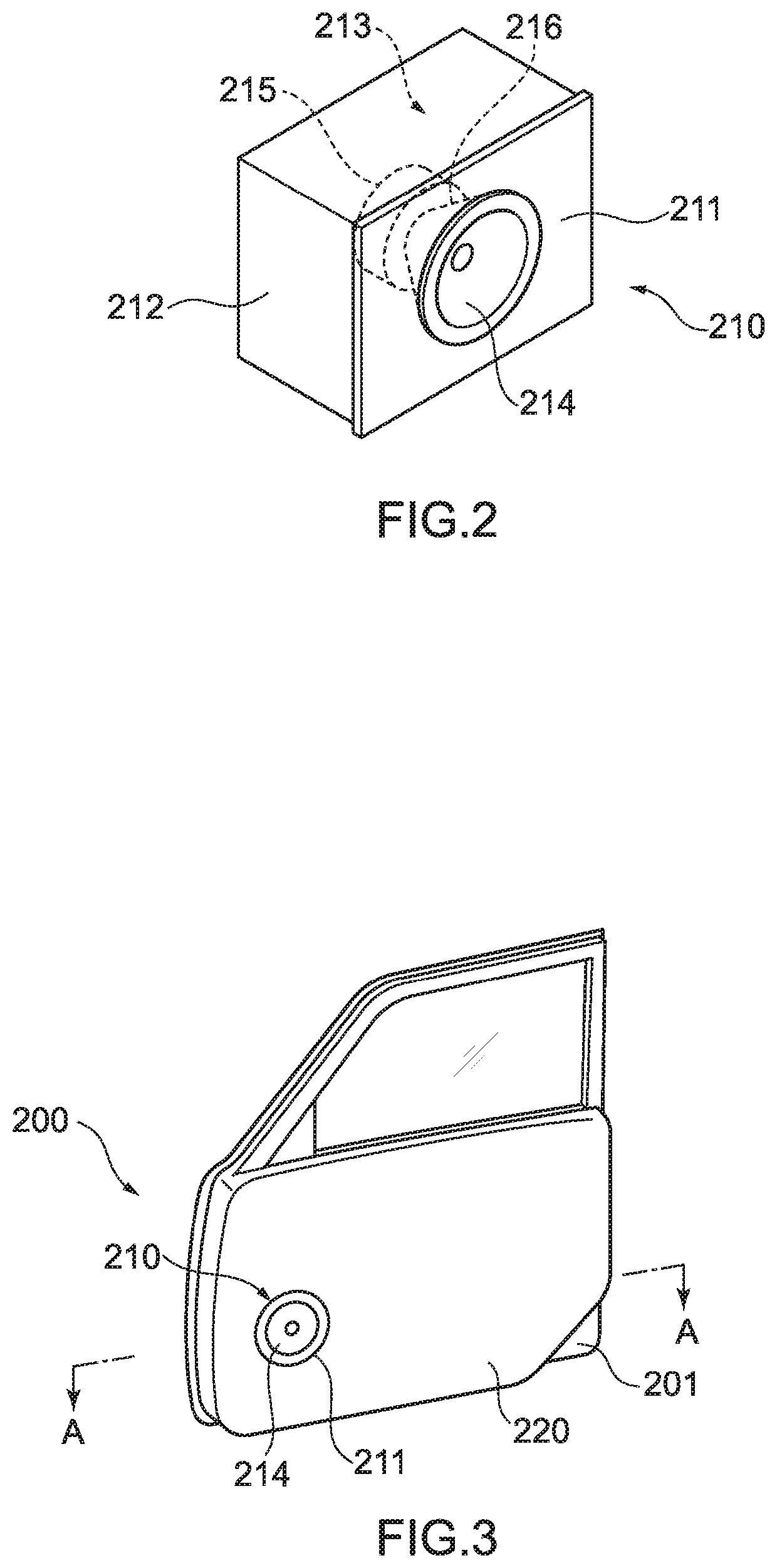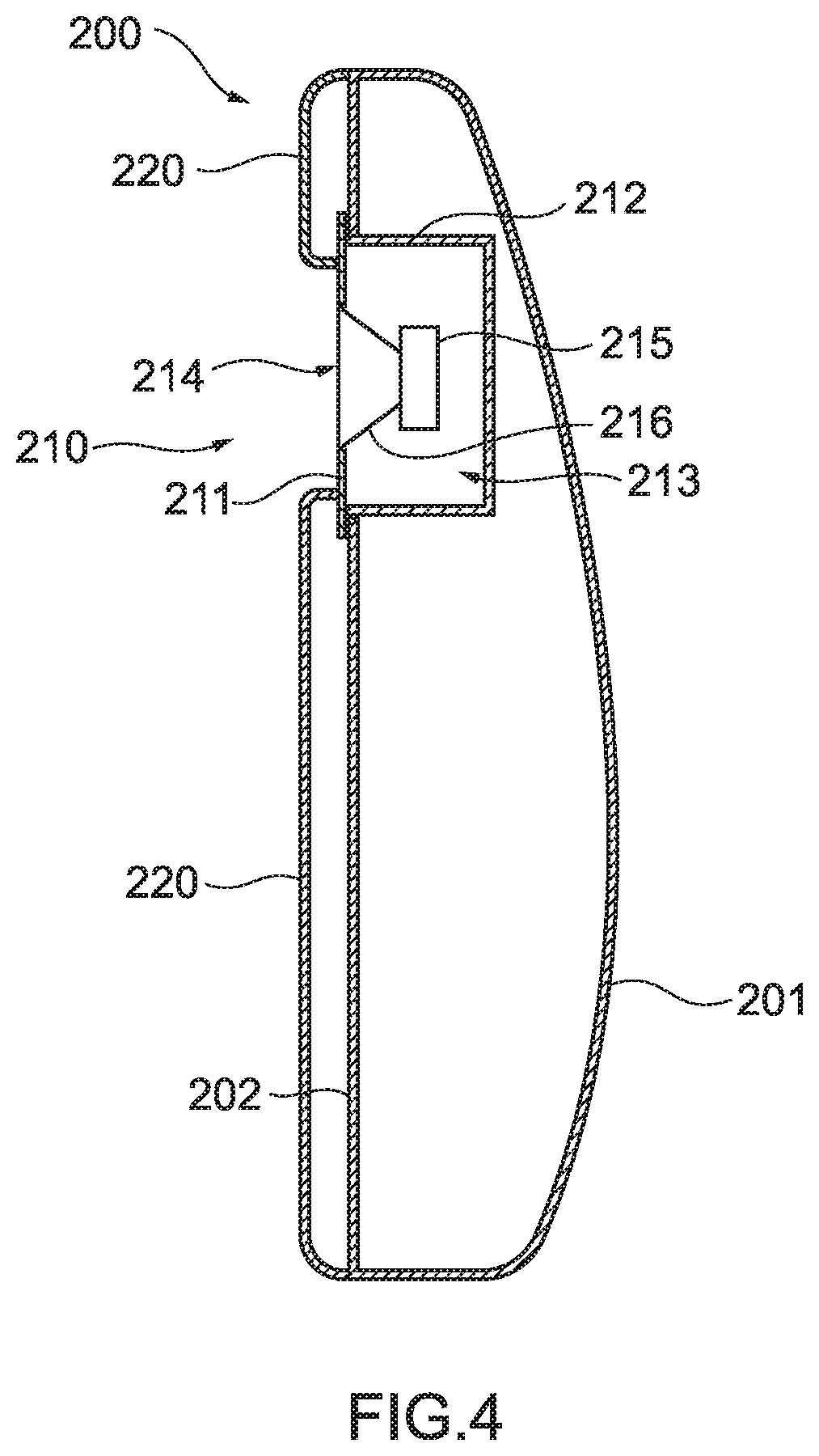Molded article
- Summary
- Abstract
- Description
- Claims
- Application Information
AI Technical Summary
Benefits of technology
Problems solved by technology
Method used
Image
Examples
example 1
[0264]A cellulose-reinforced thermoplastic resin was prepared by the following steps.
[0265]1) Step of Preparing Cellulose Composition
[0266]In an acetone solvent, 90 parts by mass of powdered cellulose was dispersed, and after 10 parts by mass of 1-butyl-3-methylimidazolium acetate, which is an ionic liquid, was mixed therein, a resultant mixture was left to stand for 12 hours or more in a container which a lid was put on while the mixture was being agitated every several hours. The lid of the container was then opened to dry the acetone solvent, and after the acetone solvent evaporated almost completely, the container was stored further in a thermostatic chamber of 80° C. for 12 hours or more for drying moisture.
[0267]2) Step of Kneading Cellulose Composition and Thermoplastic Resin (Production of Cellulose-Reinforced Thermoplastic Resin Composition)
[0268]A cellulose-reinforced thermoplastic resin composition was produced by performing extrusion in such a way that while FUSABOND M60...
example 2
[0273]A cellulose-reinforced thermoplastic resin composition was produced in the same manner as in Example 1, except that the breakdowns of the base resin, the acid-modified thermoplastic resin, and the cellulose composition in Example 1 were each changed to the amount as shown in Table 1 described below. Thereafter, a lamp body was prepared using this cellulose-reinforced thermoplastic resin composition in the same manner as in the step of 4) in Example 1.
example 3
[0274]A cellulose-reinforced thermoplastic resin composition was produced in the same manner as in Example 1, except that the breakdowns of the base resin, the acid-modified thermoplastic resin, and the cellulose composition in Example 1 were each changed to the amount as shown in Table 1 described below. Thereafter, a lamp body was prepared using this cellulose-reinforced thermoplastic resin composition in the same manner as in the step of 4) in Example 1.
PUM
| Property | Measurement | Unit |
|---|---|---|
| Percent by mass | aaaaa | aaaaa |
| Percent by mass | aaaaa | aaaaa |
| Percent by mass | aaaaa | aaaaa |
Abstract
Description
Claims
Application Information
 Login to View More
Login to View More - R&D
- Intellectual Property
- Life Sciences
- Materials
- Tech Scout
- Unparalleled Data Quality
- Higher Quality Content
- 60% Fewer Hallucinations
Browse by: Latest US Patents, China's latest patents, Technical Efficacy Thesaurus, Application Domain, Technology Topic, Popular Technical Reports.
© 2025 PatSnap. All rights reserved.Legal|Privacy policy|Modern Slavery Act Transparency Statement|Sitemap|About US| Contact US: help@patsnap.com



